Reportar esta entrada
Más sobre la misma comunidad-colección
Proclamation Honoring Judge Alvarez
After serving our community for nearly 30 years as Judge of ...
Proclamation honoring Judge Javier Alvarez
After serving our community for nearly 30 years as Judge of ...
Judges Marlene Gonzalez and Javier Alvarez
After serving our community for nearly 30 years as Judge of ...
Judge Javier Alvarez and Judge-Elect Melissa Baeza
After serving our community for nearly 30 years as Judge of ...
Proclamation Honoring Judge Javier Alvarez
After serving our community for nearly 30 years as Judge of ...
President Kennedy declares Mission to the Moon
When President John F, Kennedy declared: "We choose to go to the ...
Leading the largest Test Program at the Space Center
"In 1963, the Space Center is shaken by the echoing sound of an ...
Pioneer of the Desktop CAD System
In 1973, Holguin Corporation of El Paso TX announces HolguinCAD, ...

















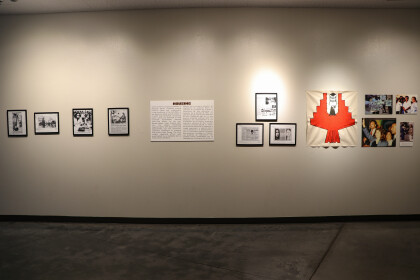
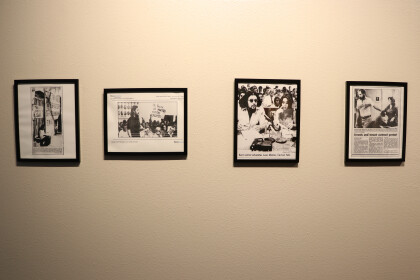
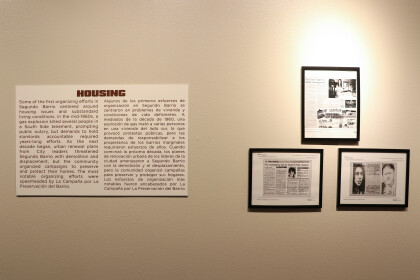
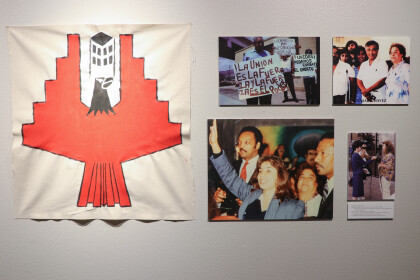
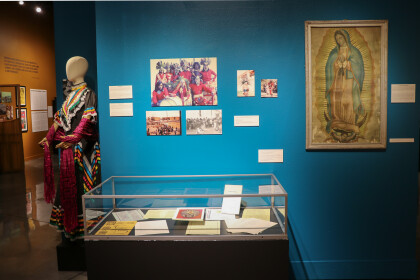
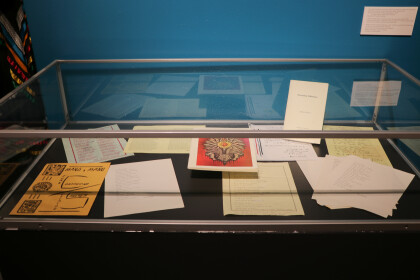
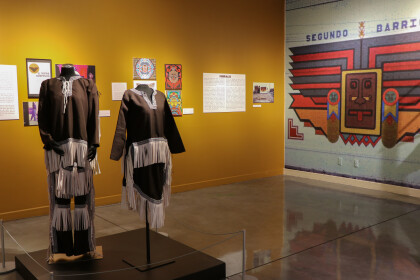
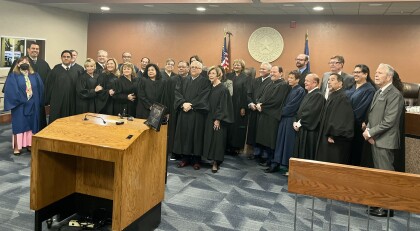
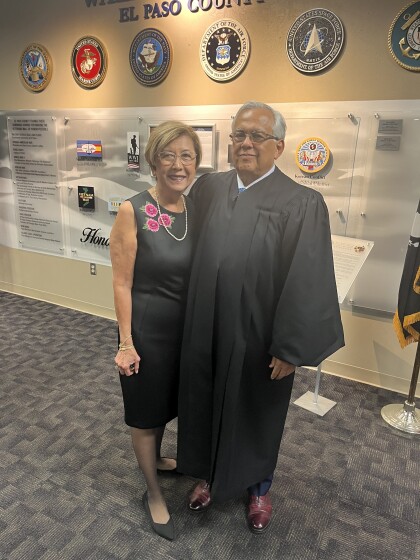
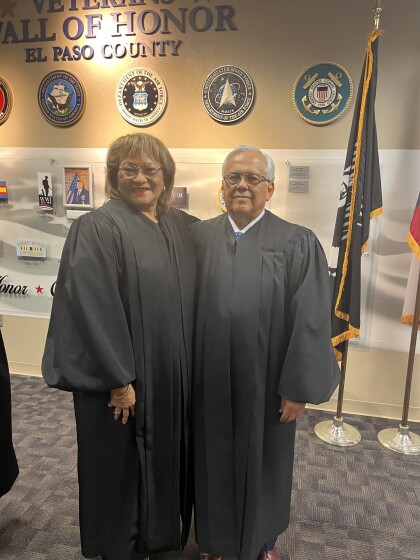
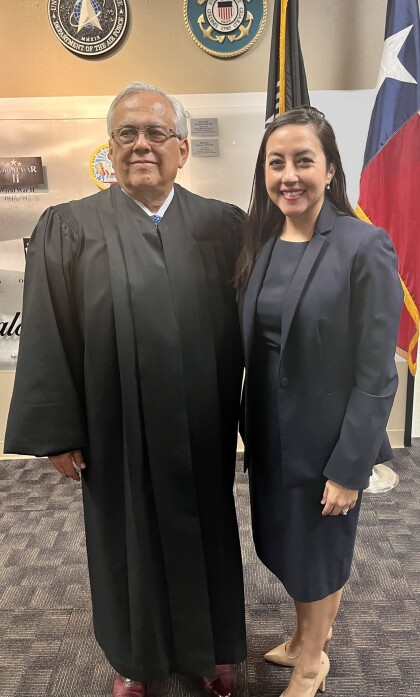
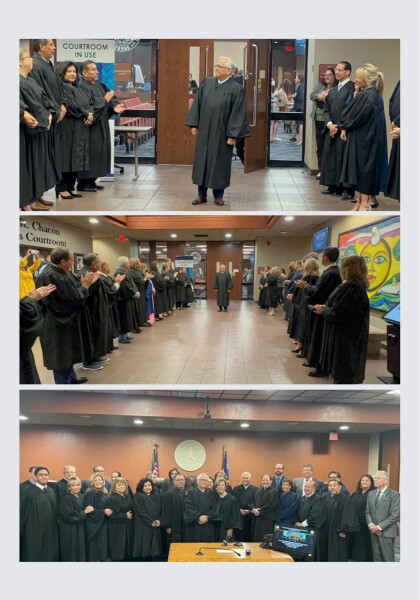
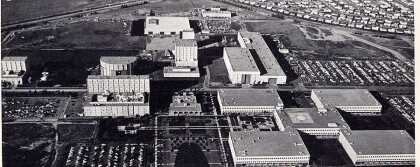
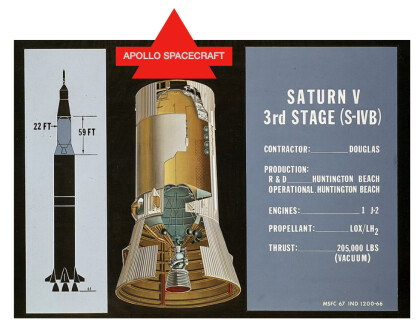
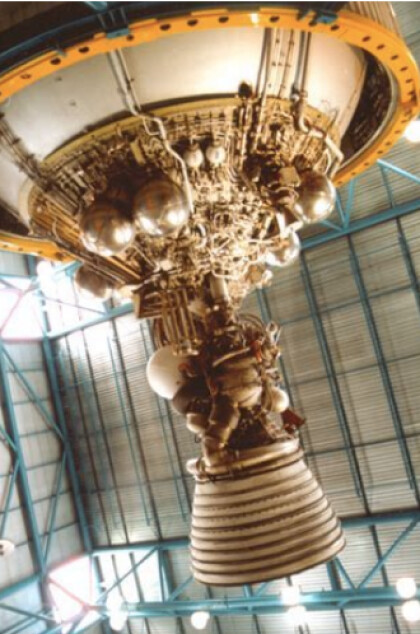
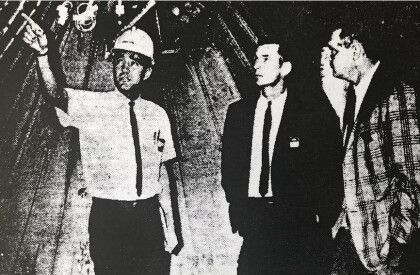

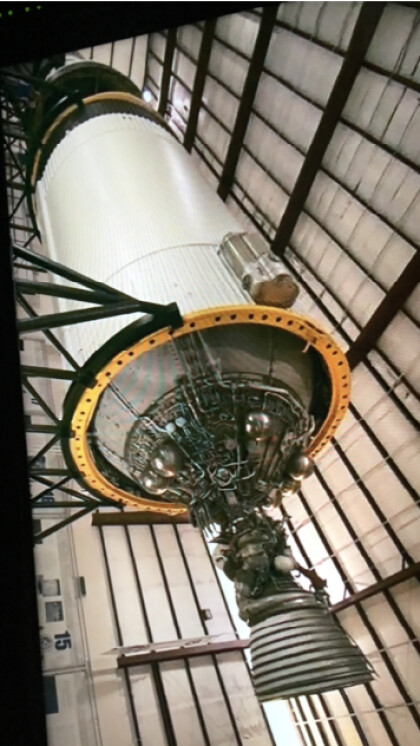
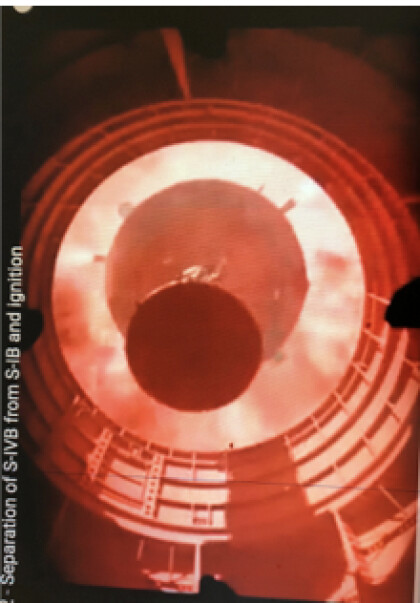
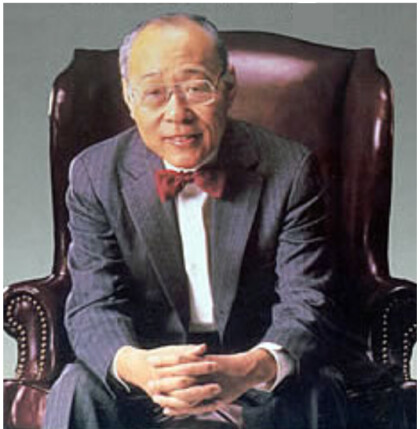
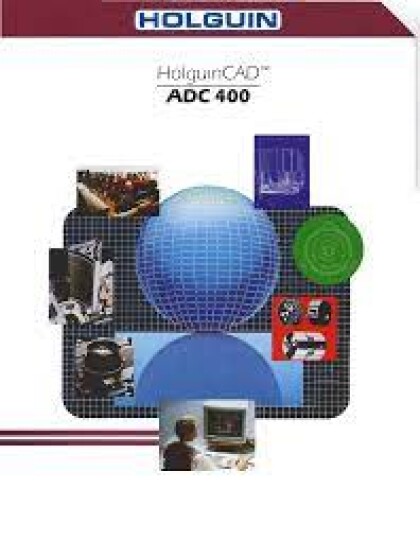

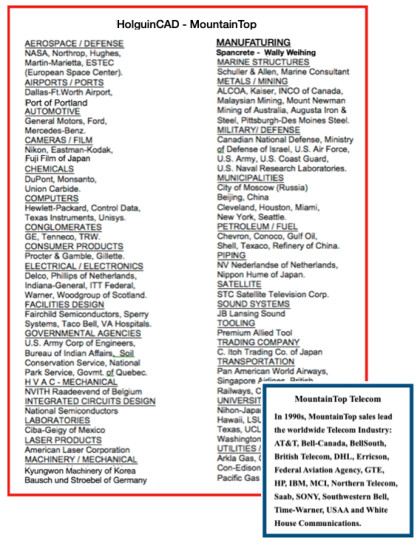
Comentarios
Hacer un comentario